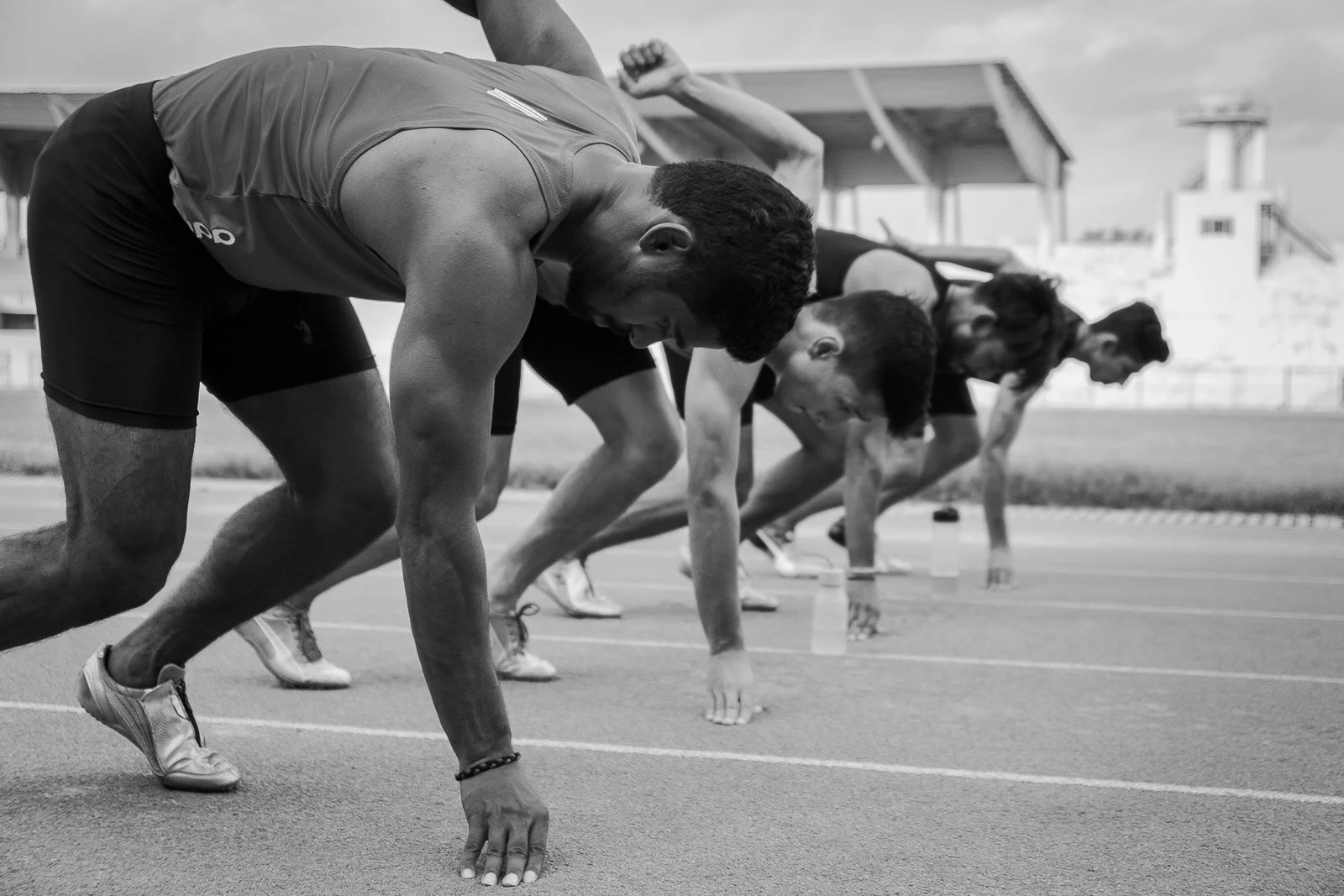The last time an Indian athlete won a medal in Athletics at the Summer Olympics was in 1900 when Norman Pritchard won 2 Silver medals representing India. The closest we’ve come since was in 1984 when P.T. Usha came 4th in 1984 at the LA Olympics.
Even with recent champions in Hima Das, Dutee Chand and Jinson Johnson bringing some much-needed media attention to track & field, support at lower levels of the sport has remained paltry. This is especially so in the junior stages i.e., athletes aged 14 - 20 years.
According to the Comptroller and Auditor General (CAG) of India, the State Government of Telangana allocated Rupees 269.54 Crores to sports from 2014-17, out of the requisite Rupees 2,091.56 Crores. This sets back all athletes training under the Sports Authority of Telangana State (SATS) system, right at the outset.
































On the other hand, 5% of over 1400 running events held in India in 2019 were held in southern state of Telangana, 65% of the total being the popular 5k and 10k races. It is evident that the number of urban recreational runners has exponentially increased over time. Despite bringing more money into running, this phenomenon hasn’t included professional athletes, with them seeing minimal involvement from allied product brands or sponsors.
Most of the junior athletes of this particular team hail from Khammam, Warangal, Godavari and Anantapur districts of Telangana and Andhra Pradesh, training in Hyderabad with coach, Mr. Srinivas M., under the aegis of the SATS. The GMC Balayogi Athletic Stadium in the silicon-town of Gachibowli, Hyderabad, sees them train twice a day, six days a week, balancing the sport with their education.
Competing in various track disciplines ranging from 100 metres to 10 kilometres, they are coached by Mr. Srinivas M., a former middle distance runner from Khammam, and a certified coach from the NIS, Bengaluru.
According to the same CAG report, of the 54 coaches required for 3 sports schools, 2 academies, 1 sports hostel and all stadia under SATS, only 11 coaches were actually available. The two academies have since shut. The report also concluded that “there was no systematic planning to spot sports talent across the length and breadth of the state”.
Srinivas says the reason he became a coach himself was to build athletes with what he didn’t have: coaching. While he considers it a privilege, he wishes to use SATS’s resources to discover and hone talent, something that is often lost to the system’s inefficiencies.